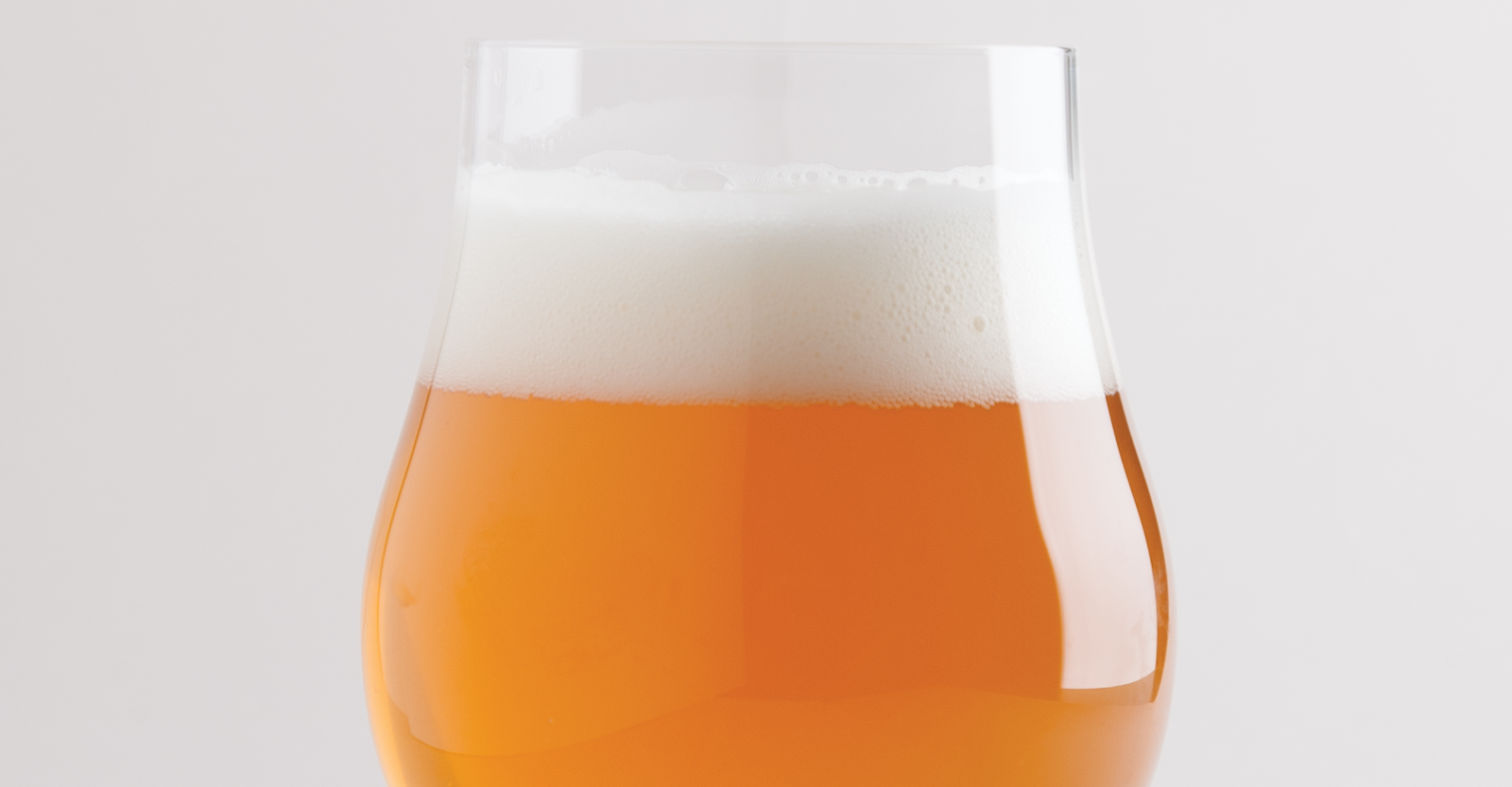The perfect saison is in the eye of the beholder. The BJCP offers some guidance with respect to the dry finish and bright carbonation, but examples can vary widely in color and alcoholic strength. For me, the key is the marriage of Belgian yeast character and a crisp, dry finish. The esters and spicy phenols contrast nicely against the clean malt backdrop. It’s a tidy little explosion of flavor, and the quick fadeaway after the swallow resets your palate for the next sip. I also tend to favor the bigger end of ABV spectrum because the alcohol accentuates the peppery phenols.
Most saison recipes include candy sugar or corn sugar to create the quick, dry finish. Since honey ferments just as efficiently, it’s not much of a stretch to consider a saison braggot. Of course, if you’re going to use honey, its character should stand out in the finished beer. Fortunately, floral, herbal, and spicy contributions from the honey will complement the Belgian yeast profile nicely.
Choosing the Honey
But which honey is the right one? Let’s start by trimming down the list of possibilities. I would avoid the stronger, funkier varietals. For instance, buckwheat, avocado, mesquite, or eucalyptus honey would likely be too dominant. At the other end of the scale, the most delicate honeys might be wasted, which would eliminate clover, fireweed, or cotton.
That still leaves numerous good alternatives. Orange-blossom honey is pretty strong, but the floral character would fit. Pumpkin/squash honey has a pleasant spiciness that would click with the saison’s phenols, as would star thistle. Another great choice would be wildflower honey, which is readily available. This isn’t really a varietal, but it often has a balance of floral and herbal/spicy flavors.
Base Beer
I already have a good saison recipe that I got from my friend Dave Davies. Like most standard saisons, it features Pilsner malt and some wheat, but he also includes Munich malt, which I think increases the mouthfeel just a little. To make the shift to braggot, I cut out the corn sugar, dropped the Pilsner malt a bit, and added the honey to hit my target gravity.
“Saison of the Braggot” Honey Saison
ALL GRAIN
Batch size: 5 gallons (19 liters)
Brewhouse efficiency: 77%
OG: 1.071
FG: 1.006
IBUs: 26
ABV: 6.7%
MALT/GRAIN BILL
6.5 lb (2.9 kg) Pilsner malt
1.5 lb (680 g) Munich malt
1 lb (454 g) Belgian wheat malt
HOPS
1 oz (28 g) Vanguard [4.4% AA] at 90 minutes
0.5 oz (14 g) Hallertau [3.1% AA] at 90 minutes
0.5 oz (14 g) Hallertau [3.1% AA] at 15 minutes
0.5 oz (14 g) Goldings [3.9% AA] at 5 minutes
ADJUNCTS
3 lb (1.4 kg) wildflower honey at flameout
YEAST
White Labs WLP590 French Saison or Wyeast 3711 French Saison. I prefer the French Saison for its peppery phenols and solid ferment. I highly recommend a yeast starter.
DIRECTIONS
Single step infusion mash at 152°F (67°C) for 60 minutes.
Boil for 90 minutes, following the hops schedule. Add the honey at flameout, just before chilling.
Chill the wort to the ambient temperature and pitch the yeast. Make sure you oxygenate the chilled wort, either by splashing it around or using an air stone and oxygen tank.
Dave’s recipe calls for a very warm fermentation temperature of 80–85°F (27–29°C), which seemed extreme to me at first. It turned out great, though, so I’ve gotten more comfortable with it. A temperature-controlled fermentation chamber avoids any nighttime cooling that might hamper the yeast.
Primary fermentation is quick, usually 2–4 days, then I transfer to secondary for 7 days at 68°F (20°C). After that, it should be ready to keg or bottle condition. Adjust the CO2 or bottling sugar to ensure that the end beer is relatively highly carbonated.
Fermentation is where beer is made. In Craft Beer & Brewing Magazine®’s online course How to Manage Your Fermentation for Better Beer, Josh Weikert covers fermentation temperature, yeast pitching rates, and everything else you need to know about managing fermentation. Sign up today and put yourself on the road to brewing better beer.

